Home / Albums / Natural History / Fish 19

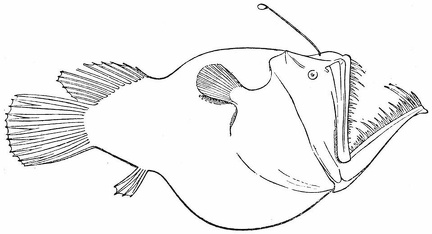 Melanocetus Murrayi, 1,850–2,450 fathoms
Melanocetus Murrayi, 1,850–2,450 fathoms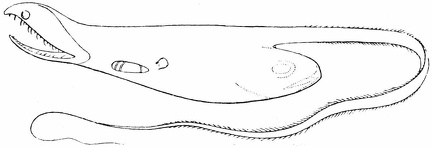 Saccopharynx ampullaceus
Saccopharynx ampullaceus Opostomias micripnus
Opostomias micripnus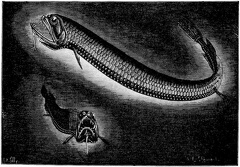 Stomias Boa. From a depth of 1,900 metres
Stomias Boa. From a depth of 1,900 metres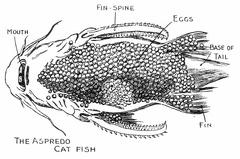 The Aspredo Cat fish
The Aspredo Cat fish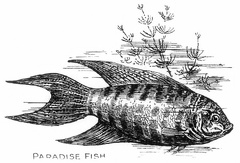 Paradise fish
Paradise fish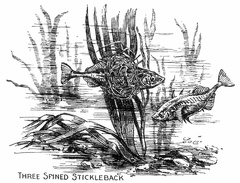 Three Spined Stickleback
Three Spined Stickleback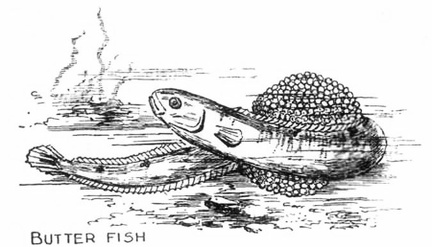 Butter fish
Butter fish Pike
Pike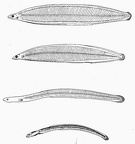 The young of the common Eel and its metamorphosis
The young of the common Eel and its metamorphosis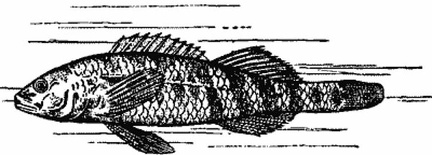 Rainbow Darter
Rainbow Darter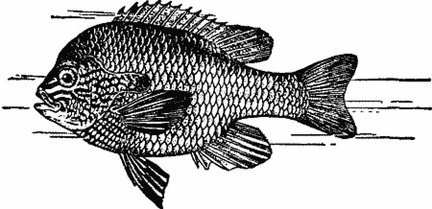 Long-eared Sunfish
Long-eared Sunfish A Lamprey
A Lamprey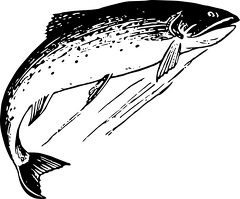 Trout
Trout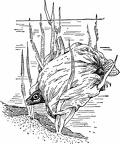 Female Stickleback Laying Eggs in Nest
Female Stickleback Laying Eggs in Nest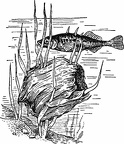 Male Stickleback Watching Eggs in Nest
Male Stickleback Watching Eggs in Nest Female Stickleback about to Enter Nest
Female Stickleback about to Enter Nest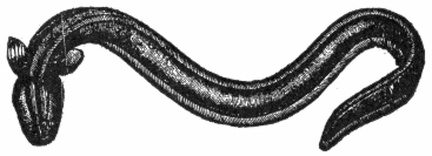 Electric Eel
Electric Eel Early Life-History of the Salmon
Early Life-History of the Salmon



